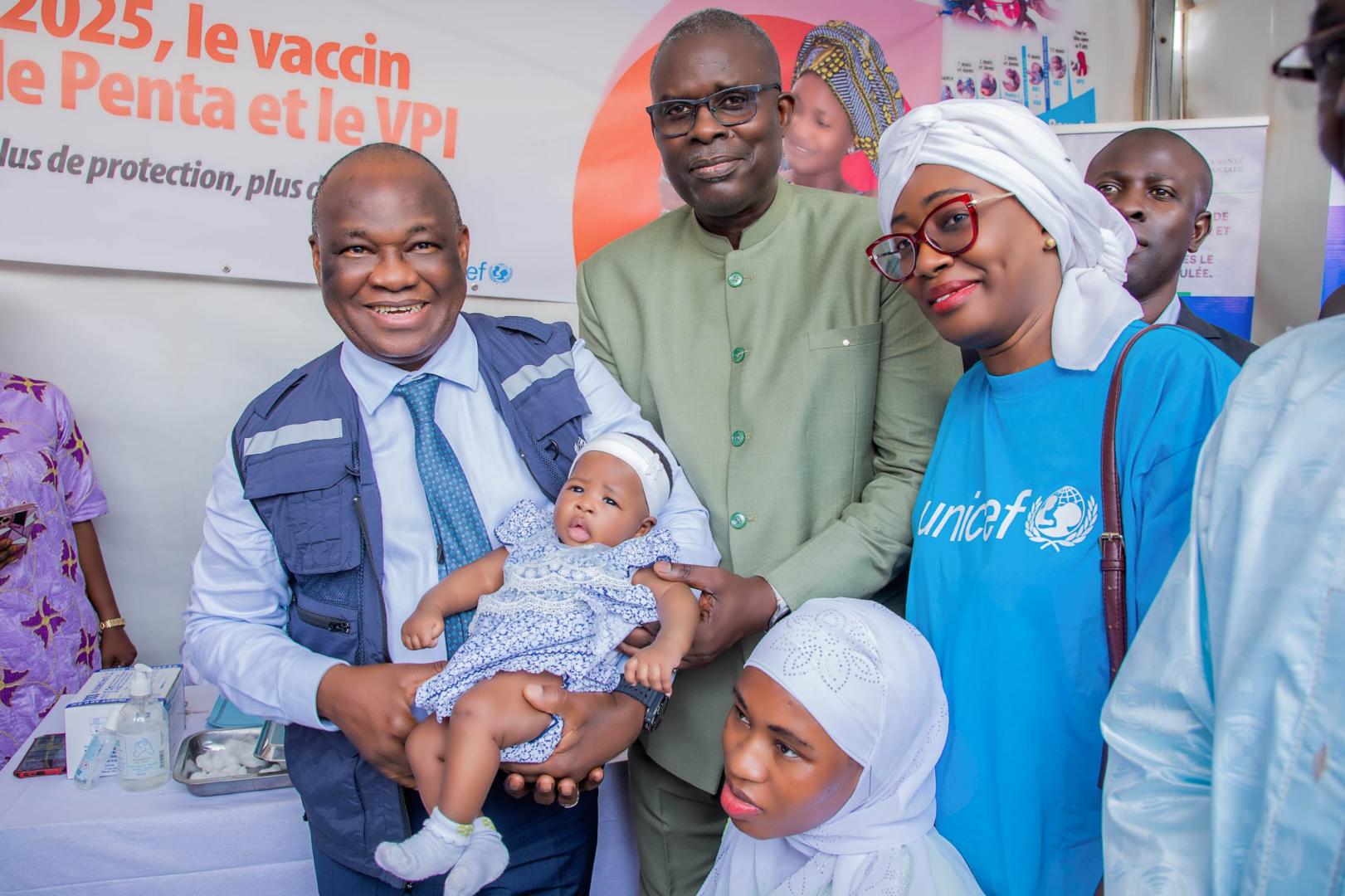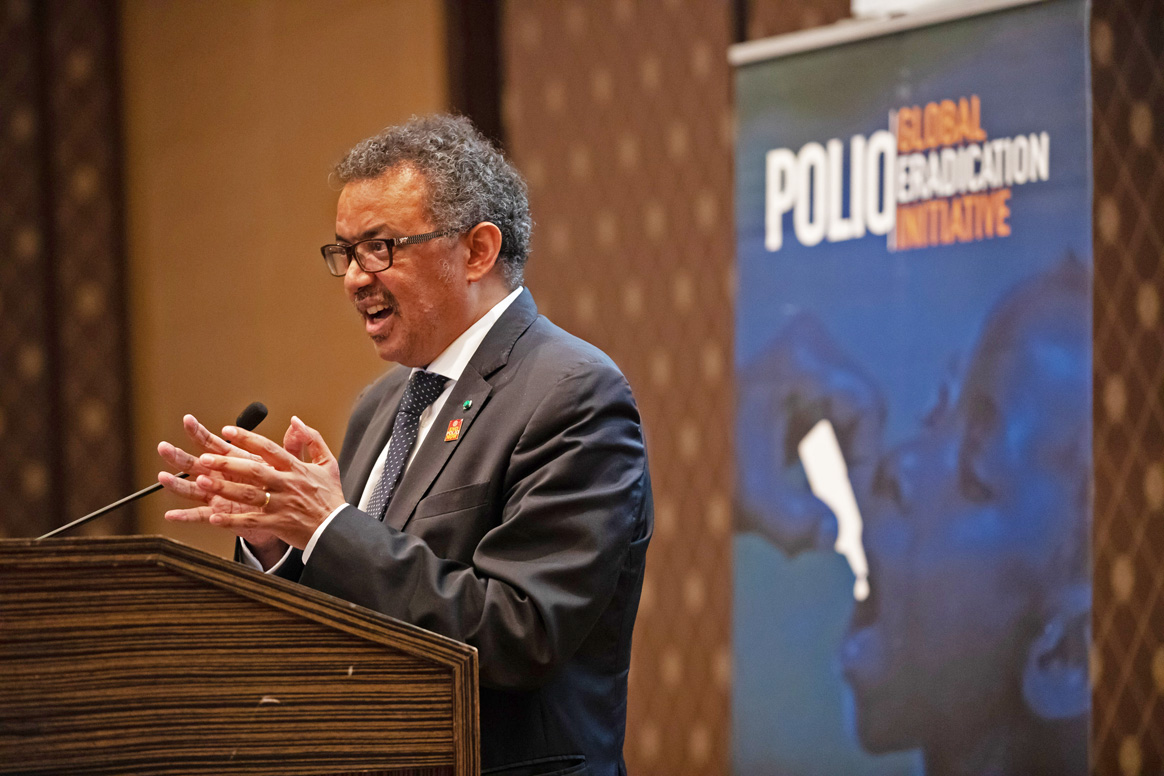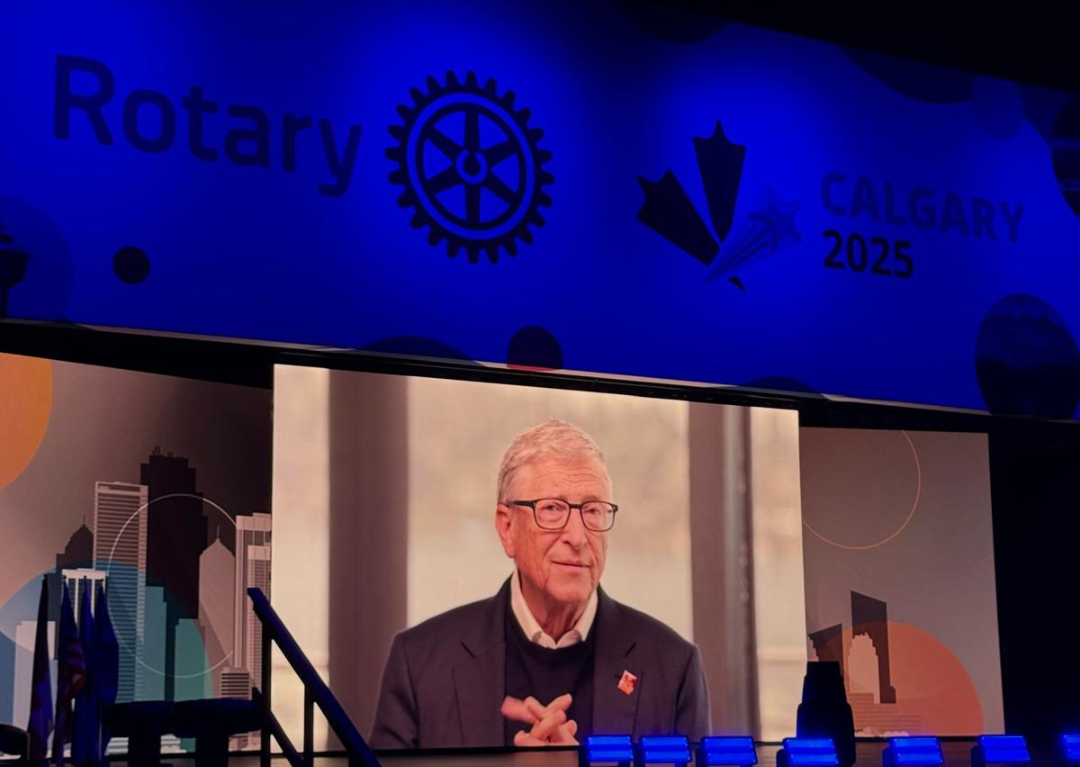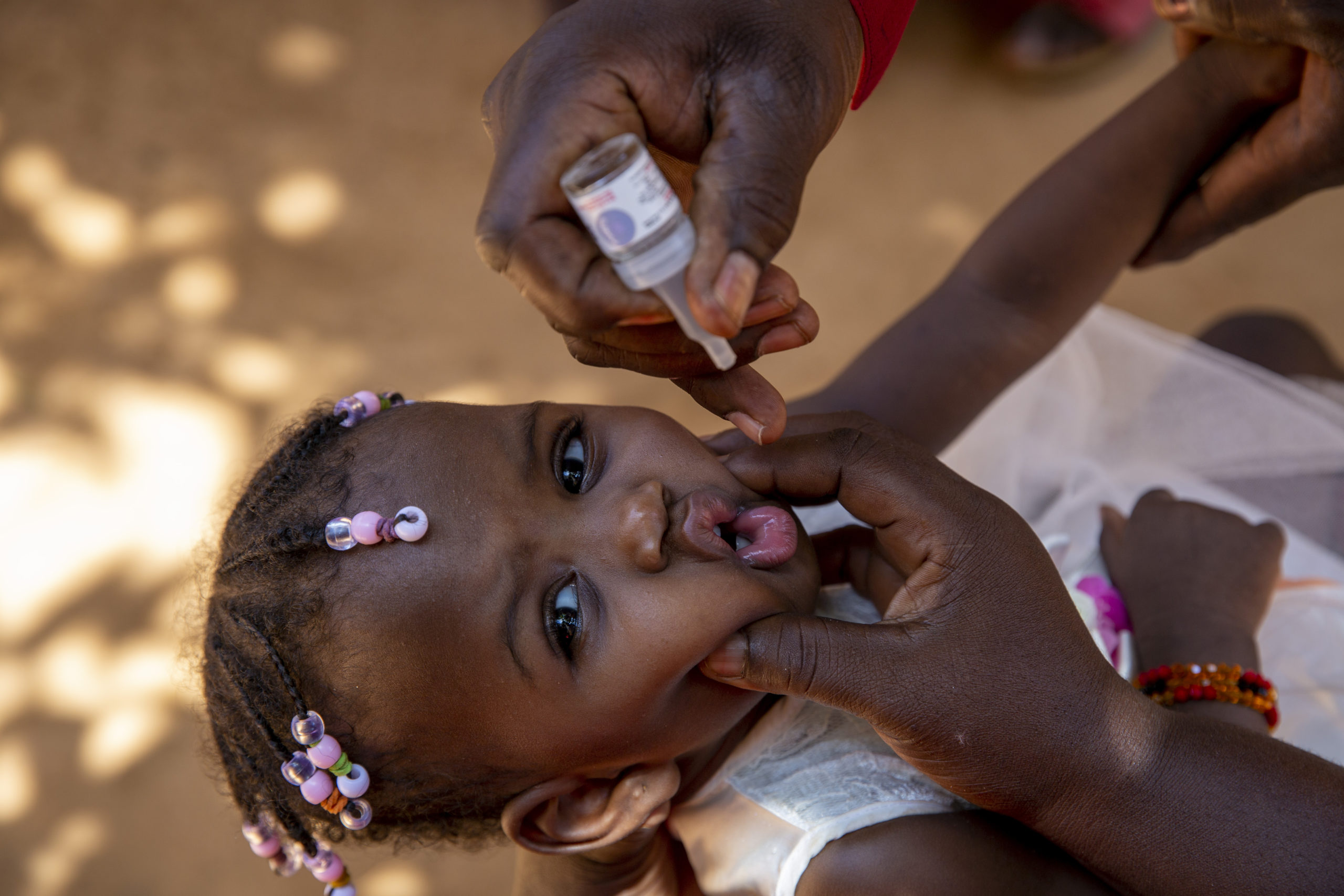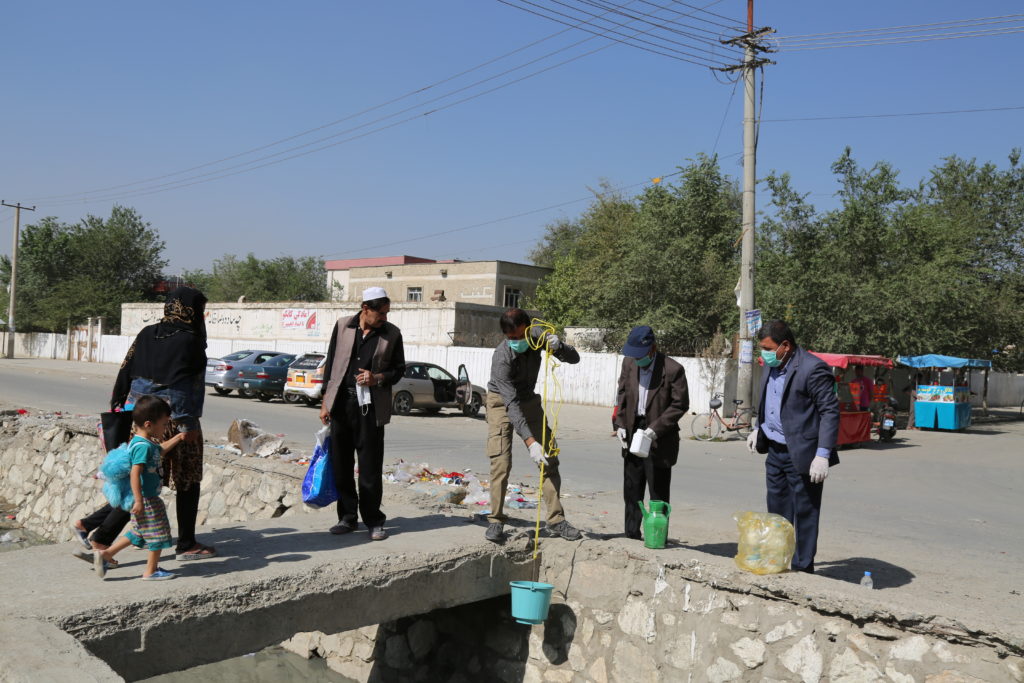
Afghanistan is increasing the drive to track and understand the movement of the polio virus by expanding environmental surveillance – collecting and testing sewage samples for poliovirus in the laboratory – to all regions. At the end of 2017, a new environmental sampling site became operational in Kunduz province, becoming the 20th site since the collection and testing of sewage samples for poliovirus began in Afghanistan in 2013, with WHO support.
In 2017, 317 sewage samples were collected from all sites, and 30 of these showed that the poliovirus was present. This insight means that the polio eradication team knows where the virus is, without relying on the identification of paralysed children. Given that for every one polio victim there can be hundreds of ‘silent’ cases – children infected but with no symptoms – improved environmental surveillance is like giving the programme x-ray glasses with which to find and track the virus.
Rolling out environmental surveillance
“We began the expansion of the surveillance system in the most high-risk provinces of Kandahar and Helmand in the south where we have also doubled the frequency of sampling to every two weeks to increase the chances of picking up the virus where it circulates,” said Dr Hemant Shukla, Director of the Polio Programme at WHO Afghanistan. “Our next priority was to establish additional sites in the eastern region, and now environmental surveillance has expanded to nine provinces, covering all regions in Afghanistan.”
The importance of good surveillance
A sensitive surveillance system remains the cornerstone of polio eradication efforts. Environmental surveillance helps to determine possible routes of transmission and enabling a swift response to stop further spread of the virus.
Environmental surveillance complements acute flaccid paralysis (AFP) surveillance which currently consists of a network of over 28 000 reporting volunteers and focal points, including health workers, teachers, religious leaders and traditional healers. Volunteers detect and report children showing signs of polio, such as floppy or weakened limbs with rapid-onset of paralysis. Finding and stopping every last strain of the poliovirus requires both sensitive AFP and environmental surveillance.
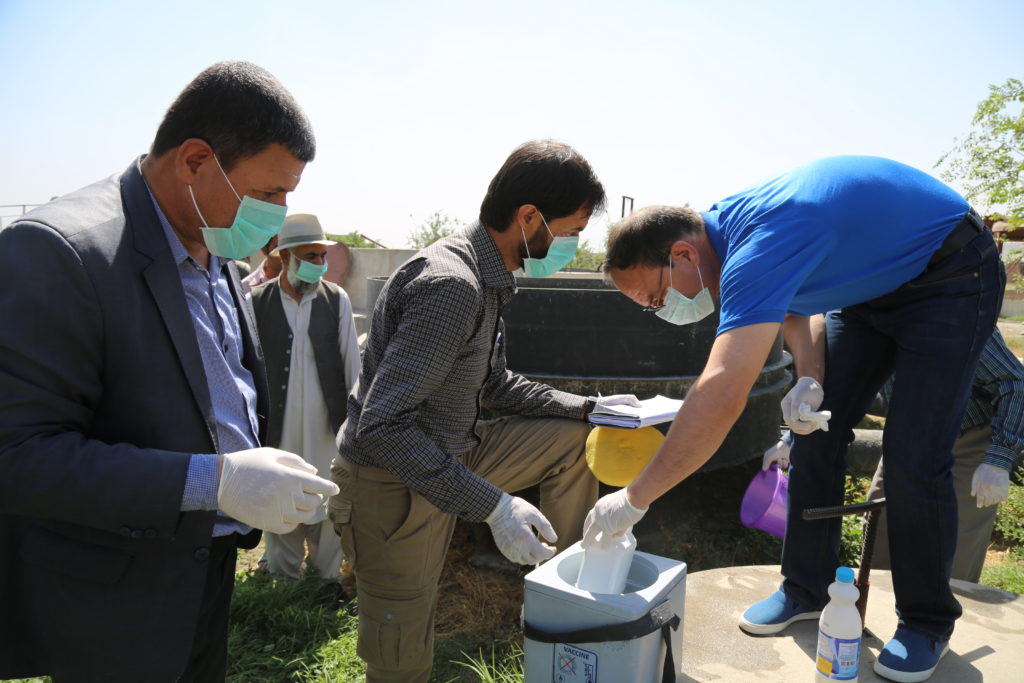
Using surveillance to stop polio
In 2016, WHO and the Ministry of Public Health conducted a comprehensive assessment of existing environmental sampling sites, identifying new sites for expansion. Since the beginning of the year, WHO has supported the establishment of four new sampling sites to further boost Afghanistan’s surveillance capacity.
“Strengthened environmental surveillance has helped us to identify and locate wild polioviruses when they are circulating. Whenever virus is found in the environmental samples, WHO supports a strong response in that area, which includes vaccinating all target-age children to boost their immunity levels to protect them from polio and further strengthening routine immunization services in the area,” explains Dr Ali Ahmad Zahed, Surveillance Officer at WHO Afghanistan.
Expanding the surveillance system
Before each new site is established, WHO conducts a two-day theoretical and practical training for environmental surveillance personal, demonstrating how samples are properly collected, labelled, packed, stored and transported into the laboratory for testing. After each sample is collected from a sewage site, it is frozen and sent to the regional laboratory in Pakistan for further testing and analysis, utilizing a reverse cold-chain process to ensure the virus does not denature in the heat.
Afghanistan is closer than ever to stopping poliovirus transmission as the virus is currently cornered into small, security-challenged parts of the country. Thirteen cases of acute flaccid paralysis caused by polio have been reported to date in 2017 from Kandahar, Helmand, Kunduz, Nangarhar and Zabul provinces. In 2016 Afghanistan reported 13 wild poliovirus cases from four districts, compared to 20 cases from 16 districts in 2015.
“Since environmental sampling started in 2013, we have collected and tested over 756 sewage samples. Our AFP surveillance network expanded by 20% last year alone. Afghanistan’s polio surveillance system is the strongest it has ever been. If poliovirus is circulating anywhere in the country, we will be able to trace it and stop it in its tracks,” says Dr Zahed.
